Switzerland, a country known for its spectacular natural landscapes and precision industry, faces significant energy challenges. Its Energy Strategy 2050 aims to phase out nuclear power (which currently accounts for around 37% of total electricity production), reduce dependence on imported fossil fuels and significantly increase the share of renewable energy.
However, the expansion of traditional renewable energy sources such as hydropower - which has almost fully exploited its potential - or large-scale solar and wind power faces many barriers, from land fund limitations, lengthy licensing processes that can take more than 20 years for a renewable energy project to concerns about landscape impacts, especially in pristine highland areas.
In 2023, Swiss voters even rejected a proposal to install solar panels on mountain slopes, demonstrating the community's sensitivity to projects that risk impacting natural beauty.
In this context, innovative solutions that make use of existing infrastructure emerge as a promising direction. Railways, with their extensive network (about 5,317 km in Switzerland), become a potential "gold mine". The idea of integrating solar panels into rail tracks is not entirely new, with many similar projects being conceived or tested on a small scale in Germany, Italy, France, Japan and India.
However, Sunways claims its technology is a “ world first” with a removable solar panel system that can be installed on active rail tracks without disrupting traffic. “The ability to have a train pass without affecting the battery system is a fundamental breakthrough,” said Joseph Scuderi, CEO of Sunways.
Sunways and "energy carpet" technology: Decoding the difference
The Sunways project, which originated from founder Joseph Scuderi's idea in 2020 while waiting for a train in Renens, quickly attracted the attention and support of the Swiss Innovation Agency (Innosuisse) and 12 partner companies. The unique and key feature of this technology lies in its "quick-release" capability.
The standard solar panels (in the pilot phase, 48 panels, each 385W) are attached to a special mechanism that allows them to be “unrolled” into the space between two rails by a specialized train developed by rail maintenance company Scheuchzer SA. The train can install up to 1,000 square meters of panels per day, an impressive rate that promises the possibility of large-scale deployment.
When track maintenance is required, a routine and essential task, the battery system can be removed and reinstalled with relative ease, solving one of the biggest obstacles to integrating solar into transport infrastructure. This is a significant advantage over fixed or sleeper-integrated solutions, which are more difficult to maintain.

Sunways began testing the new technology earlier this year on an existing railway line near Buttes, in the canton of Neuchâtel, western Switzerland (Photo: Sunways).
The pilot phase in the canton of Neuchâtel, on a 100m stretch of track near Buttes station, has a total installed capacity of 18kW, expected to generate 16,000 kWh of electricity per year, enough to supply about 4-6 households. The investment cost for this phase is 585,000 Swiss francs (about 700,000 USD).
In the initial phase, this electricity will be fed into the local public grid rather than directly to the trains, due to the complexity of integrating it into a dedicated traction power network. However, Sunways’ long-term goal is to power the trains directly, moving towards near-complete energy self-sufficiency.
Economic Problems and Financial Challenges: Can Big Dreams Come True?
The theoretical potential of Sunways technology is huge.
If the entire Swiss rail network (minus the tunnels) were covered in solar panels, it would generate an estimated 1 TWh of electricity per year, equivalent to 2% of the country’s total electricity demand and enough to power around 300,000 households. This may seem modest in the grand scheme of things, but it is significant in the context of Switzerland’s efforts to diversify its supply and reduce its dependence on imported energy, especially in the winter.
However, the economic efficiency of the project remains controversial. The initial cost is quite high compared to large-scale ground-based solar farms. Sunways expects that when deployed for large-scale production and installation, the cost will be significantly reduced.
An independent research team from Australia and Bangladesh examined the installation of solar panels near railways in Bangladesh, and calculated that the levelized cost of electricity (LCOE) could reach $0.052/kWh under local conditions. Meanwhile, Sunways estimates the LCOE for its “carpet” model at around $0.12/kWh – a figure that is considered competitive in the industry.
The challenge is not just the cost of manufacturing and installation. Maintenance costs, especially cleaning the battery surface from dirt, grease from trains, and debris, also need to be carefully calculated. Sunways has come up with a solution using automatic cleaning brushes mounted on trains.
In addition, the durability of the panels in an environment of constant vibration and mechanical impact from trains running at speeds of up to 150 km/h (although the test train only ran at a maximum of 70 km/h) is an important factor affecting the lifespan and investment efficiency. Sunways asserts that their panels are more durable than the standard and can withstand these conditions.
Raising capital for large-scale projects is also a challenge. Currently, the project is supported by Innosuisse and private partners. To scale up, Sunways will need to attract large investors, possibly through "Energy-as-a-Service" (EaaS) models, which are becoming increasingly popular in Switzerland, helping to reduce the initial investment burden for railway companies.
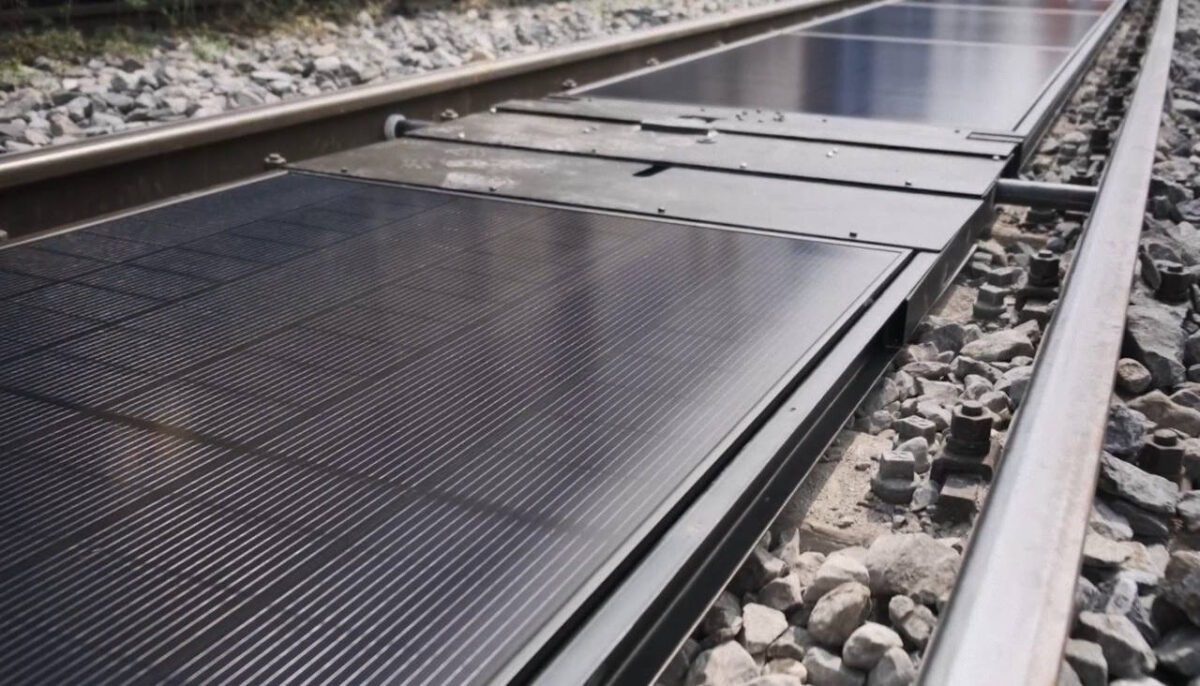
The project of “solar carpet” on railway tracks is very meaningful in the context of Switzerland’s efforts to diversify its supply sources and reduce its dependence on imported energy (Photo: Sunways).
Overcoming Technical and Environmental Barriers: From Doubt to Reality
Sunways’ road to the pilot license was not an easy one. Initially, the Swiss Federal Transport Office (FOT) refused to grant the license in 2023 due to concerns about safety and the impact on railway maintenance. It took Sunways 10 months to build and test the prototype and provide additional safety assessments from independent experts to convince the FOT.
Key concerns include:
Operational Safety: Risk of glare to train drivers from the panel surface. Sunways addresses this by using “Full Black” panels with anti-reflective coating and conducting glare analysis for each project.
Durability and performance: The effects of vibration, dirt, grease, and debris on battery surfaces. Automatic cleaning systems and more durable battery designs are expected to address this issue.
Weather Impact: Snow and ice can significantly reduce performance in winter. Sunways is developing an automatic de-icing system. However, the company is realistic that winter output will generally be low, similar to rooftop systems.
Impact on railway maintenance: Rapid disassembly is the main solution, but the efficiency and cost of this process in large-scale operational practice needs to be verified.
Fire and micro-cracking risks: The International Union of Railways (UIC) has warned of these risks. Sunways insists its materials meet high safety standards.
Noise: It has been suggested that the hard surface of the panels may increase noise when trains pass over them. This will need to be assessed during testing.
The three-year pilot project will be an opportunity for Sunways to gather real-world data, refine the technology, and demonstrate the safety, effectiveness, and durability of the system.

The solar power project installed on railway tracks is considered too difficult to maintain (Source: Luigi Jorio, swissinfo).
Will energy rails become the new norm?
Sunways' success in Switzerland could pave the way for an energy revolution on global rail lines.
“Using rails to generate electricity is a smart and efficient approach: it doesn't require land clearance, doesn't destroy the landscape, and can be deployed quickly and at low cost,” said an energy expert from CleanTechnica.
This international interest shows the huge potential of turning existing transport infrastructure into decentralized power generation, reducing land use conflicts – an increasingly intractable problem.
A study in the UK found that harnessing solar energy from railways could meet up to 8% of the country’s electricity needs. Similarly, a study by TÜV Rheinland for Germany found that PV applications on and within rail infrastructure could generate up to 2,940 GWh of solar power per year, meeting more than a quarter of the country’s rail sector’s annual electricity needs.
However, scaling up on a global scale will face a variety of challenges:
Differences in technical standards and legal regulations: Each country has its own railway system and legal framework.
Diverse Climate Conditions: Battery performance and maintenance requirements will vary significantly between climates.
Track conditions and types: The technology may not be suitable for all track types or lines with very high traffic density.
Cost and access to capital: Initial investment remains a barrier in many markets.

If successful, the Swiss rail solar project could become a model of smart renewable energy for the world (Photo: Sunways).
The pilot project in Neuchâtel will be carefully monitored and evaluated over the next few years. Safety tests and analyses, particularly regarding the panel disassembly process, will continue to be carried out to meet the strict requirements of FOT.
Sunways’ initiative, developed in partnership with the Swiss Federal Institute of Technology Lausanne (EPFL), is more than just a technological solution. It represents a strategic vision where transport infrastructure and energy infrastructure can be harmoniously integrated, creating synergy. “This is in line with the global trend of reducing carbon footprints and increasing energy efficiency,” Mr. Scuderi emphasized.
If Switzerland’s solar-on-rails gamble is successful, it could not only bring economic and environmental benefits to the country, but could also serve as a model, inspiring other countries in their quest for large-scale, sustainable and smart renewable energy solutions. It is a truly exciting step forward, with the potential to reshape the future of both the rail industry and the global energy sector.
Source: https://dantri.com.vn/kinh-doanh/bi-mat-duoi-duong-ray-thuy-si-choi-lon-de-cuu-hanh-tinh-20250618175202520.htm



![[Photo] Explore the US Navy's USS Robert Smalls warship](/_next/image?url=https%3A%2F%2Fvphoto.vietnam.vn%2Fthumb%2F1200x675%2Fvietnam%2Fresource%2FIMAGE%2F2025%2F12%2F10%2F1765341533272_11212121-8303-jpg.webp&w=3840&q=75)












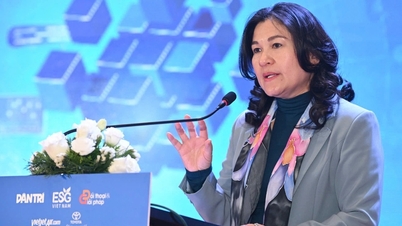
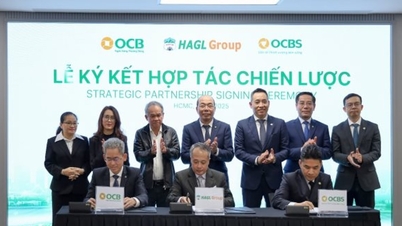


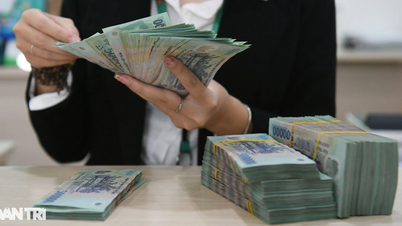

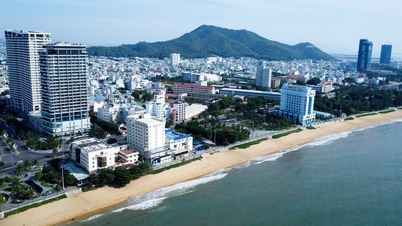

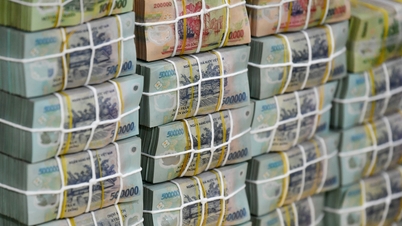








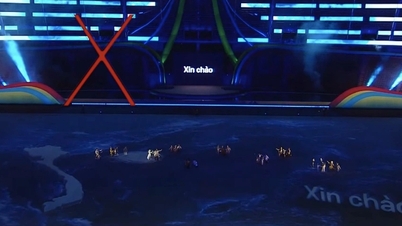



![[Video] The craft of making Dong Ho folk paintings has been inscribed by UNESCO on the List of Crafts in Need of Urgent Safeguarding.](https://vphoto.vietnam.vn/thumb/402x226/vietnam/resource/IMAGE/2025/12/10/1765350246533_tranh-dong-ho-734-jpg.webp)


















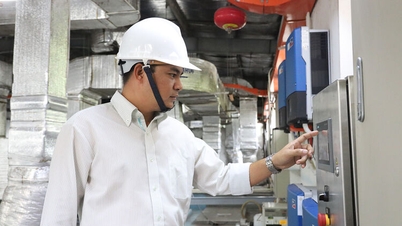




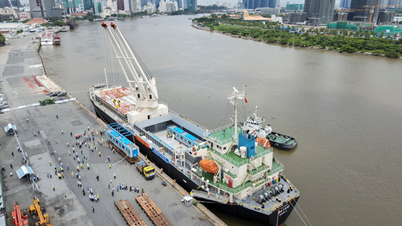






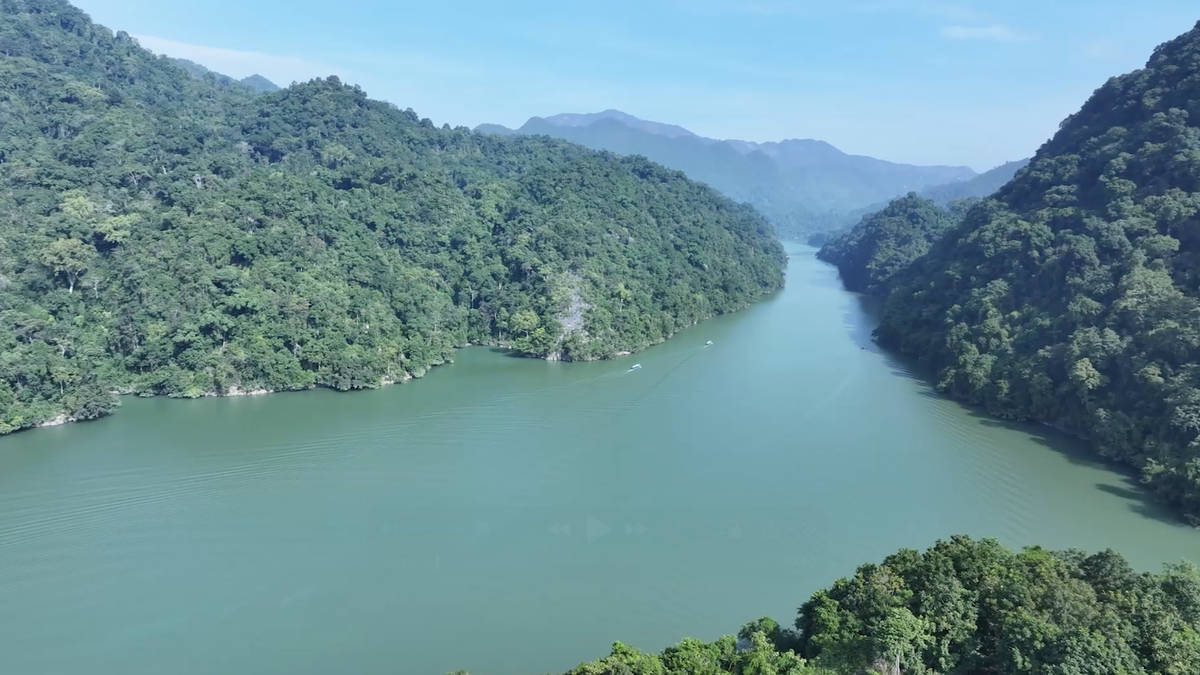



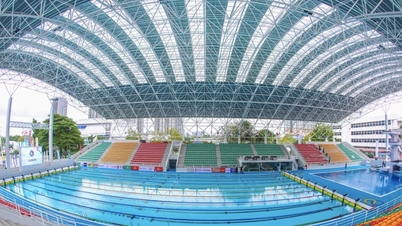



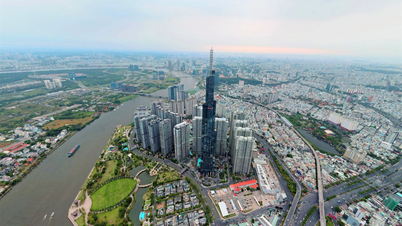
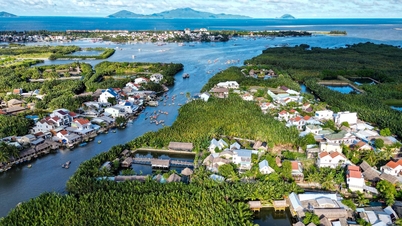



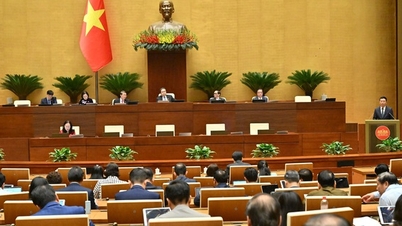

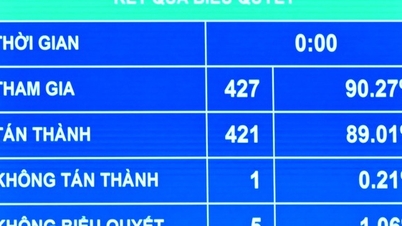
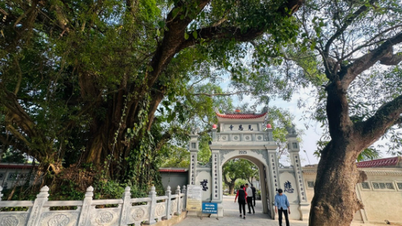





























Comment (0)